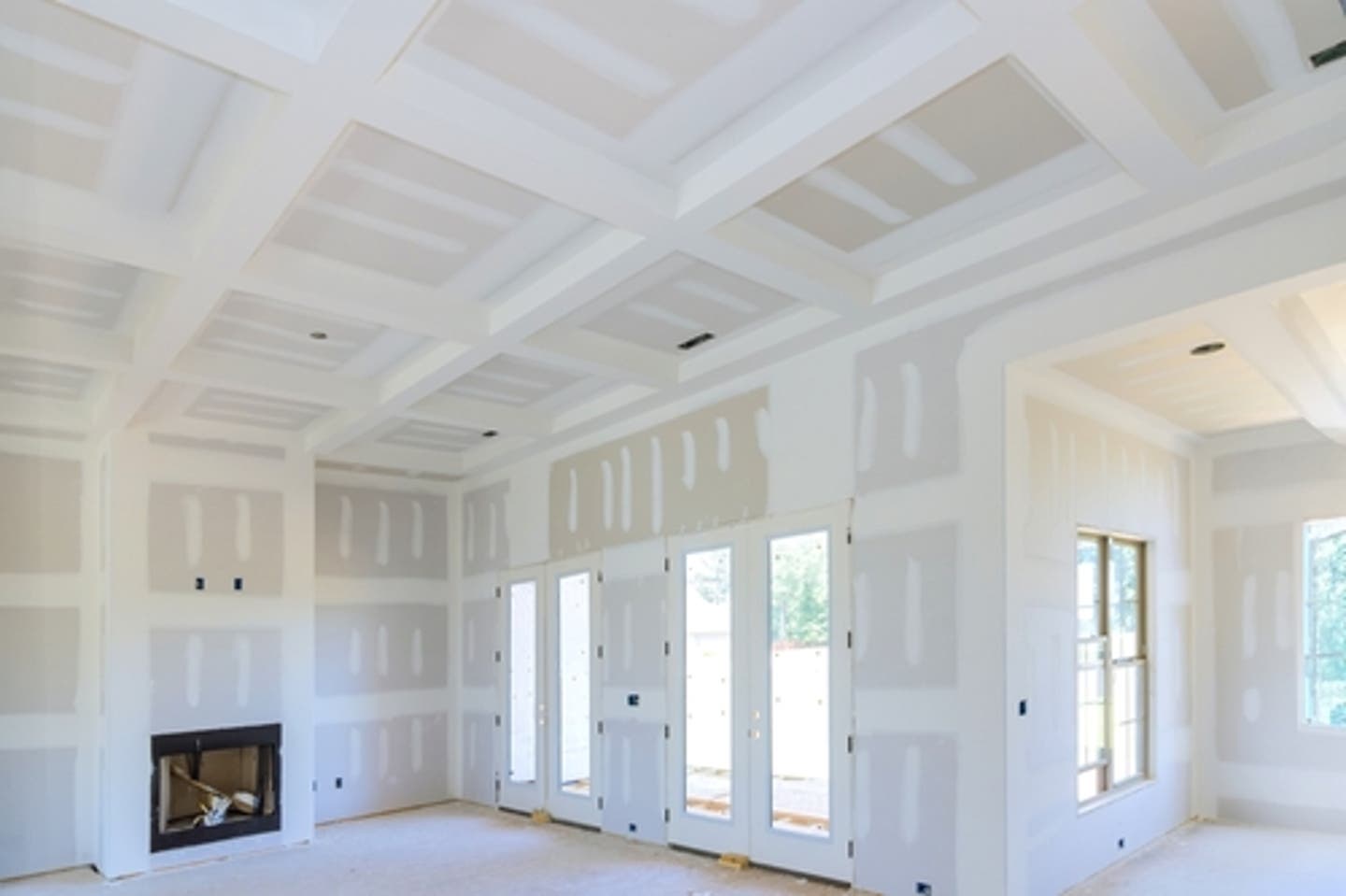
Seeing water residue on drywall can be confusing and scary. Left untreated, excessive moisture can lead to severe issues like structural damage and mold issues. Luckily, there are some things you can do to help mitigate water damage on your wall (particularly drywall).
Can Water Damage Harm Drywall?
Drywall is very susceptible to water damage. As soon as the drywall gets wet, the paper backing starts and the material loses its structural integrity.
The amount of moisture determines just how damaged your drywall can be. For example, spilling a bottle of water against your wall isn’t going to do much damage, but a bathroom flooded by a backed-up toilet can cause structural damage to the joints that hold up drywall pieces, along with a chance that the wooden structure will deteriorate. Even without direct contact with drywall, water damage tends to breed mold spores. If left to dry independently, these mold spores can rot and decay, releasing foul odors.
What Does Water Damage Look Like?
Drywall water damage can take on many different appearances. It often makes walls appear:
- Warped
- Swollen
- Sagging
- Discolored
Keep in mind that mold can appear behind drywall. In that case, sometimes the only hint of damage is a foul, mildewy smell, or an increase in health effects. If you notice these signs, replacing the damaged drywall may be your only option.
For more information, read our companion article about the signs of water damage in your property.
What Causes Drywall to Get Wet?
From a broken window during heavy rain to a leaky pipe, there are many causes of water damage that affect exposed drywall:
- Leaks and malfunctions in the kitchen.
- Leaks and malfunctions in the bathroom.
- Plumbing failures.
- Malfunctioning HVAC.
- Cluttered HVAC vents.
- Damaged roofing.
- Damaged windows
- Natural disasters with heavy rainfall.
How to Help Prevent Water Damage
It’s impossible to prepare for every situation, but there are steps you can take to help limit water damage. These could help save you money, along with hours of stress and headaches for your entire family.
- Consider having a roofing inspector look over the exterior of your roof for any cracks or signs of damage that might let water enter from heavy rain or a natural disaster.
- If you feel comfortable and can do it safely, consider inspecting your gutters for clogs (or calling a gutter inspector). Make sure any blockages are removed that could back up rainwater onto your roof.
- Have your HVAC system inspected for malfunctions, and your duct vents inspected for clogs or rips.
- Check and properly caulk doors and windows to help prevent water seepage.
How to Help Repair Water Damaged Drywall
Depending on the level of damage, you may be able to repair or restore your drywall:
- First, eliminate the source of water damage, if safely possible. For example, if there’s a leaky pipe, fix it yourself or hire a plumber.
- With a pencil, outline the portion of drywall damaged by water that needs to be removed. It’s best to go a little bigger than needed when removing the damaged section of drywall.
- If the portion of drywall removed is smaller than four inches, you can use a drywall patch. If the removed portion is larger than four inches, you’ll need to cut a new piece of drywall to match your dimensions. Use the damaged drywall as a template, if possible, or use a measuring tape to get the proper dimensions.
- Install a 2 x 4 piece of wood behind the drywall to support the new wall section.
- Insert the new drywall patch/drywall into your precut section. Using a drill, insert screws one inch from the perimeter of the drywall into the 2 x 2 behind the drywall.
- Apply drywall tape to the edges around the new patch/drywall. Smooth a thin compound layer over the drywall/patch with a putty knife.
- Paint your repaired drywall to match the rest of the wall.
SERVPRO Provides Water Damage Repair Services and More
Water damage is often unpredictable. However, you can count on SERVPRO to help remediate the water damage, and it needed, assist with mold remediation, document restoration, deodorization services, roof tarping and board-up services, storm damage cleanup, and much more.
Contact your local SERVPRO for more information or visit our FAQ and Glossary.